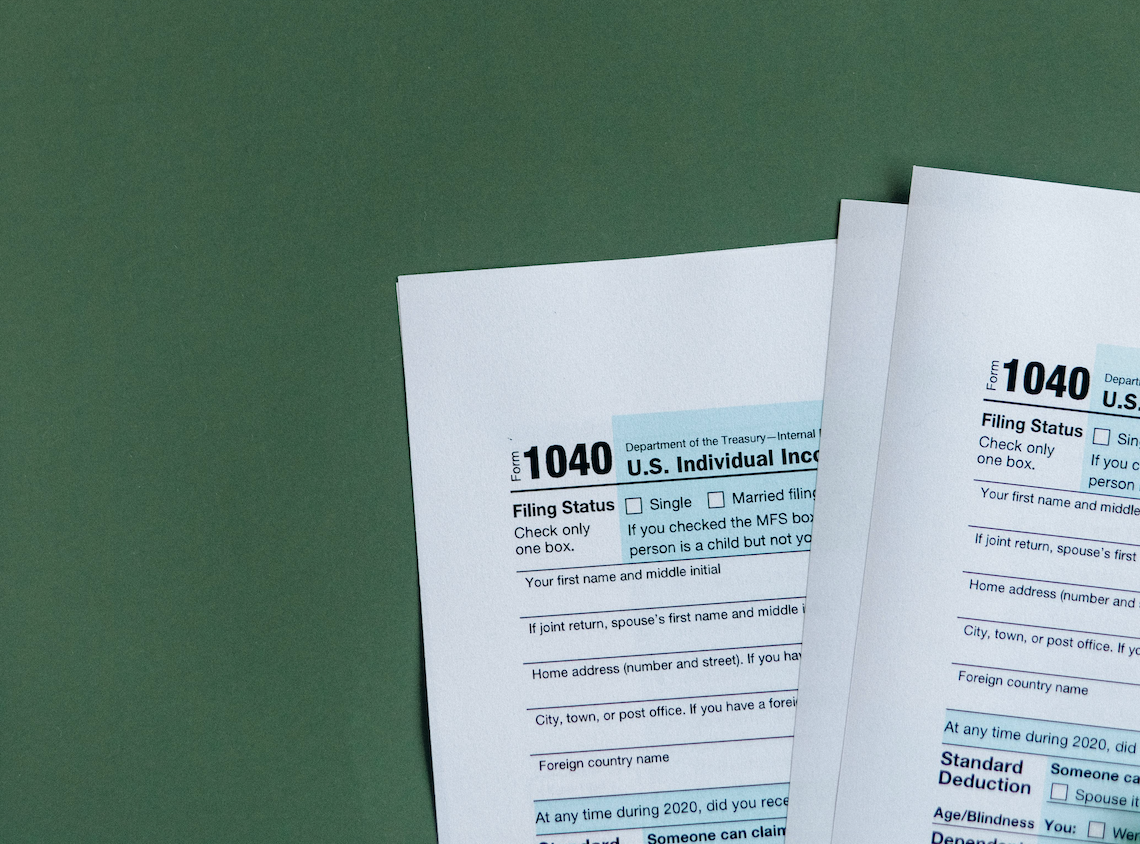Did you know that according to Glassdoor the average company spends almost 30 days and more than $4,000 to recruit a new employee? Setting aside the fact that training adds an additional $1,000 to the cost of onboarding new professionals, financial expenses are not the only obstacles created by high employee turnover: it usually takes almost two months for a new employee to reach the productivity levels of the person that sat in the chair before them. As employees stay with an organization, they acquire knowledge about processes, systems, and customers, and in this way accumulate expertise that is a valuable asset for a company.
Thankfully for managers of customer-facing workforces, a considerable chunk of employee turnover can be reduced with effective employee onboarding, training and retention strategies and programs. Employees have a greater chance to stay in a company if it provides opportunities for personal and professional development and growth.
This means that providing adequate resources for learning, as well as feedback and monitoring, helps workers grow, develop, and stay in their roles. The key to content retention and employee engagement is effective onboarding and continuous training. This is why microlearning – delivering small, digestible content, usually in the form of videos – is the best methodology for your employee retention strategies.
What is Employee Retention?
If you’re wondering what is the meaning of employee retention, here’s a quick explanation: staff retention refers to a company’s capacity to preserve its existing workers. If you’re wondering what is a retention strategy or if you should create your own employee retention program, it might be worth keeping in mind that companies with high employee retention rates (and customer retention rates as well) tend to be more profitable, more productive, and more innovative.
The Center for American Progress has shown that replacing an employee can cost anywhere between 16% to 213% of their annual earnings depending on the position and industry. High employee retention rates allow businesses to significantly reduce costs and to prioritise investing in what really matters.
But what is the employee retention rate and how does one measure and evaluate it? Usually, a company is considered to have a low employee turnover rate when staff retention is above 90%. A company’s retention rate is calculated as It is calculated by dividing the number of employees who remain (total employees minus employees that are leaving) with the organization by the total number of employees working for that company. This metric provides valuable insights into the health of a workforce and helps organizations assess their ability to retain talent and institutional knowledge.

Want to learn more? Let’s chat!
What is an Effective Employee Retention Strategy?
Although employee retention is often related to workers’ satisfaction regarding financial compensation, salary and wages are not the only determinants of employee turnover rates and the success of employee retention programs. This means effective retention strategies are comprehensive plans that aim to improve the performance and happiness of employees in many different ways. For example, they can include non-financial compensation and benefits, increased flexibility and autonomy, equity and vesting opportunities, and positive and collaborative work environments. Leveraging small business scheduling apps can play a crucial role in enhancing employee satisfaction and retention by providing tools for managing flexible work arrangements and facilitating effective communication within a positive workplace environment.
Furthermore, the US labour force is becoming increasingly dominated by Gen Z workers, which is one reason why restaurants and companies in the food service industry have seen turnover rates as high as 60%. Studies have found that a similar percentage of workers aged 35 or less have considered leaving their jobs because they don’t feel like they’re learning or developing skills. The key to retaining employees is focusing on employee training and onboarding.` Here are some things to keep in mind when creating your own employee retention program.
-
Establish clear priorities and objectives
Start by mapping business activities and what success means, as well as identifying practices, tools and processes. Develop a comprehensive assessment of how your business currently trainings, onboards and retains employees, and define your vision and goals for the future.
-
Deliver Targeted Content
The micro-learning approach maximises content retention because small, digestible pieces of information are easier to remember. This helps employees acquire new knowledge and apply it in their work. Training content can be customized to meet the specific learning needs of each workforce, helping organizations deliver targeted and effective training.
-
Build a flexible and scalable system
Creating frictionless training is important to ensure content is available to workers at all times and locations if they ever need a refresher. Using digital, on-demand microlearning platform distribute your training in the channels your employees already use and allow employees to learn at their own pace and on their own schedule.
Want to learn more? Let’s chat!


Conclusion
Investing in a microlearning training platform will help you improve your employee retention rates, as well as the quality of your workforce itself. Microlearning and effective staff retention programs are also important for greater employee engagement in training and professional development, better knowledge retention, and greater productivity. Adopting the correct approach to training logistics and employee retention helps businesses stay ahead of the competition. Consider implementing Bites, an innovative microlearning platform that can transform and improve your workforce’s onboarding, training, and communication processes.
Bites are made of four parts: a video, a quiz, a summary card, and a discussion board. You can upload or create videos and slides, add voice-overs, and offer flashcards to summarise the content. Create quizzes to measure and track performances, and boost training and onboarding engagement rates by encouraging your employees to follow up with questions and feedback in discussion boards. Bites also has several AI-powered features that allow you to monitor your employee’s engagement and completion rates, evaluate their performances and learning, and drill down on progress statistics with smart analytics.
Want to learn more? Let’s chat!




















